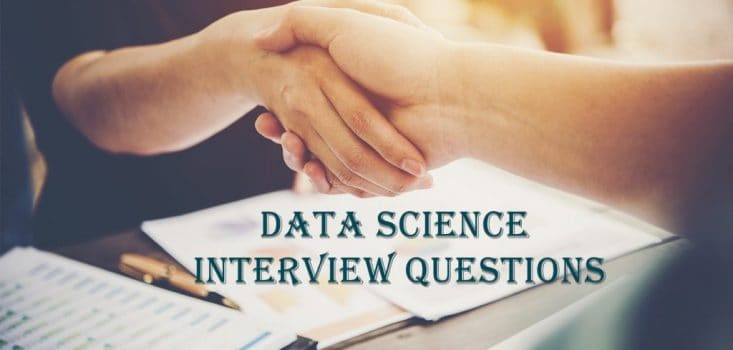In industry, the skills we develop in graduate school, such as analytical thinking, statistics, communication skills, and tenacity in the face of adversity, make us a great fit for the role. But moving to industry from the world of academia can be a culture shock. Here are some of the differences between the two:
Pace
Industry moves at a much faster pace than academia — while academic projects can last years, industry projects typically span weeks or even days. This is especially true of smaller companies and start-ups with limited financial runways, which need to move fast and iterate quickly. If an analysis or experiment cannot produce results quickly, it might be best to rethink the design or drop it in favor of something else.
Experiments
In the world outside the controlled environment of the lab, there are numerous challenges with experimentation. To name a few, it might be impractical to split users into treatment and control groups, random sampling might not be possible, or it might be tough to control for extraneous variables. For example, when testing the effects of an outdoor advertising campaign, we cannot randomly choose who sees the ads and who does not. In these cases, quasi-experiments like pre-post-tests, where we compare engagement before and after the campaign, might be the best compromise.
Methods
In academia, you might earn some points for using cool new algorithms over “boring” tried-and-true techniques. In industry, however, the only thing that matters is the end result. In fact, instead of being more impressive, methods that are hard to understand might end up being harder to trust. Employing complicated methods might also take more time and involve more risk if their effectiveness is unknown.
Compromise
In academia, we need to follow best practices if we hope to pass peer review. In industry, with limited time and resources, some amount of compromise may be necessary to balance research excellence with business needs. If time is short or the experiment is costly, we may have to settle for a smaller sample size and lower statistical power.
Collaboration
In academia, work usually ends once we publish the results. In industry, after analyses and algorithms are complete, there is still the task of convincing decision-makers to use the insights to drive decisions. While academia already understands research is important, in industry, the rest of the company has to be convinced that experiments are worth the effort. Engineers have to spend effort and time to set up tools that make experimentation and dаta collection possible. Customer support representatives have to explain why users in A/B tests are seeing a different version of the product. For a dаta scientist to be effective in industry, the whole team has to embrace a dаta-driven culture.
Communication
In academia, your audience should understand all the stats jargon you throw at them. In industry, presentations have to be tailored to an audience that might contain stats experts and people who have never heard of a t-test. Be prepared to explain statistical concepts in layman terms. On the flip side, I’ve had to pick up industry terms, such as conversion rate, churn, organic vs. paid traffic, KPIs, OKRs, and CPM etc.
Skillset
The term “dаta scientist” is so vague that expected skill sets range from running analyses in Excel to implementing neural networks in C++. Find out the expectations of the company you’re applying to work at, and see if it’s a good fit for your skill set (or what you’re willing and able to learn). Do they expect you to focus on dаta analysis, or produce more complicated machine learning algorithms, or set up the entire dаta pipeline? You might have to very rapidly pick up new skills beyond the statistical packages and programming languages you already know, and this is especially true if you join a start-up, where you’d likely have to play many different roles.
Failure
In academia, we’re constantly chasing the elusive p < 0.05, but in industry, failure to reject the null hypothesis is sometimes just as useful as observing a significant result. For example, if your experiment (for example an expensive ad campaign) ends up being unsuccessful, you save your team money, effort, and time by killing it in its infancy and not rolling it out more broadly. Furthermore, in some cases, we want to ensure that there are no significant differences in certain key metrics when testing a feature. Gradual rollouts of new features are common to ensure an absence of unintended adverse effects.
Of course, companies differ in their culture and approach to dаta science, and your experiences may vary. In a way, our journeys from a doctorate to dаta science are experiments themselves — with some trial and error required.











